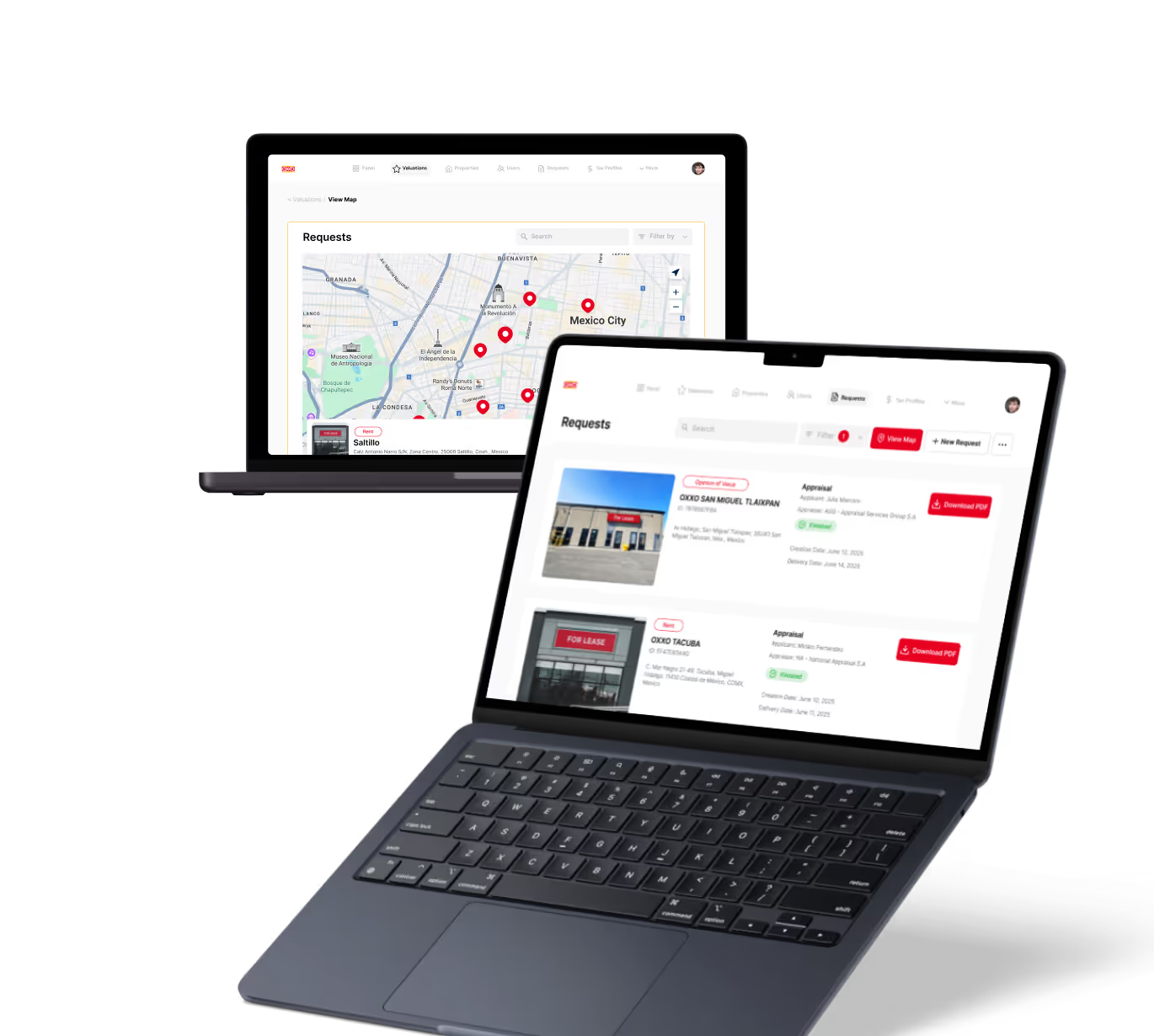SLG in Product Strategy
Product Management
Explore how SLG (Sales-Led Growth) shapes product strategy to boost user adoption and revenue effectively.
Introduction to SLG in Product Strategy
When building a product, you want it to grow steadily and attract loyal users. One powerful way to do this is through SLG, or Sales-Led Growth. This approach focuses on using your sales team to drive product adoption and revenue.
In this article, you will learn what SLG means in product strategy, how it works, and why it matters. We will also explore real examples and practical tips to help you apply SLG effectively.
What is SLG and Why It Matters
SLG stands for Sales-Led Growth. It means your sales team plays the main role in bringing new customers and expanding product use. Unlike Product-Led Growth (PLG), where the product sells itself, SLG relies on personal connections and tailored sales efforts.
SLG is important because many products need human interaction to explain value, customize solutions, or handle complex deals. It helps companies:
- Build trust with customers through direct contact
- Understand customer needs deeply
- Close bigger deals with personalized offers
- Drive steady revenue growth
For example, enterprise software like Salesforce often uses SLG to reach large clients who need demos and negotiations.
How SLG Influences Product Strategy
Integrating SLG into your product strategy means designing your product and sales process to work closely together. Your product must support sales efforts and make it easier for salespeople to demonstrate value.
Key ways SLG shapes product strategy include:
- Feature prioritization: Focus on features that solve customer pain points sales teams hear about.
- Customization options: Allow sales to tailor the product for different client needs.
- Sales enablement tools: Build dashboards, demos, and analytics to help sales teams track progress and show ROI.
- Feedback loops: Use sales insights to improve the product continuously.
For instance, a no-code platform like Bubble might add enterprise features after sales teams identify specific client demands.
Examples of SLG in Action
Many successful companies use SLG to grow their products. Here are some examples:
- Slack: While Slack is known for PLG, its sales team targets large companies with custom plans and onboarding, showing SLG elements.
- HubSpot: Combines inbound marketing with a strong sales team to close deals and upsell customers.
- Salesforce: Classic SLG example, with a large sales force guiding customers through complex CRM solutions.
- Make (formerly Integromat): Uses sales teams to help businesses automate workflows, offering tailored demos and support.
These examples show how SLG complements product features and marketing to drive growth.
Implementing SLG in Your Product Strategy
To use SLG effectively, follow these steps:
- Align sales and product teams: Ensure both teams share goals and communicate regularly.
- Develop sales-friendly features: Build tools that help sales demonstrate value quickly.
- Train your sales team: Provide deep product knowledge and customer insights.
- Use CRM and analytics: Track leads, conversions, and customer feedback.
- Iterate based on feedback: Adjust product and sales tactics as you learn what works.
For example, Glide, a no-code app builder, supports sales teams with templates and case studies to help close deals faster.
Benefits and Challenges of SLG
SLG offers many benefits but also some challenges to consider.
Benefits:
- Stronger customer relationships through personal contact
- Ability to sell complex or high-value products
- Better understanding of customer needs
- More predictable revenue streams
Challenges:
- Requires investment in a skilled sales team
- Longer sales cycles compared to PLG
- Needs close coordination between sales and product
- Risk of sales pushing features that complicate the product
Balancing these factors is key to a successful SLG strategy.
Conclusion: Making SLG Work for Your Product
SLG is a powerful approach to product strategy when your product benefits from personal selling and customization. It helps you build strong customer relationships and grow revenue steadily.
By aligning your product development with sales efforts, you create a cycle of feedback and improvement. Whether you are building enterprise software or a complex no-code tool, SLG can help you reach the right customers and meet their needs effectively.
Remember, the best product strategies combine the strengths of sales, product, and marketing teams to create lasting growth.
FAQs
What does SLG stand for in product strategy?
How is SLG different from Product-Led Growth?
What types of products benefit most from SLG?
How can product teams support SLG effectively?
What are common challenges when using SLG?
Can no-code platforms use SLG strategies?
Related Terms
See our numbers
315+
entrepreneurs and businesses trust LowCode Agency
Investing in custom business software pays off
We were managing property valuations across multiple brands, and the complexity was overwhelming our traditional processes. Every day of delay in property evaluation meant potential lost revenue and competitive disadvantage.
15,000+
property valuations managed through centralized platform
40%
reduction in valuation processing time

J.Antonio Avalos
,
Product Manager Lead
OXXO



%20(Custom).avif)